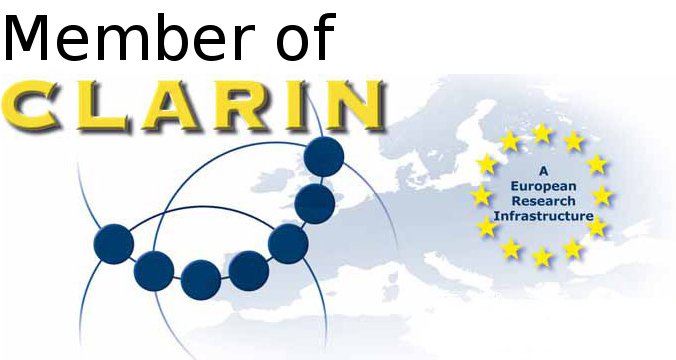
First page
Romanian Language Phonetics
Sounds archive
Vowels
Consonants
Diphthongs
Sentences
Standard prosody
Emotional tones
Linguistics particularities
Dialectal voices
Colaboration - Prof. D. Scheianu
RoToBi System
Protocols
Analysis Instruments
References
Other links
| If you have accidentally arrived at this page without reading and fully agreeing with the Legal Disclaimer and Copyright Notice, please click here. |
|
|
| International Phonetic Alphabet |
The International Phonetic Alphabet (IPA) created by Paul Édouard Passy (1859-1940) and further developed by linguists all over the world, has become a system of phonetic symbols used to uniformly and accurately transcript sounds (phonemes) and phonologic phenomena specific to all spoken languages.
Description
The general principle of IPA is to provide a single symbol for each speech segment. To transcript phonetic (not phonologic) details of these sounds, the IPA relies on optional diacritics.
The letters chosen for the IPA are generally borrowed from the Latin and Greek alphabets, or they are symbols used to transcript some African languages (clicks for instance).
The International Phonetic Association recommends that a phonetic transcription should be enclosed in square brackets - [ ]. A transcription that specifically denotes only phonologic contrasts would be marked by slashes instead - / /. If any doubt, brackets should be employed as by setting off a slash transcription one makes the theoretical claim that every symbol within the interval so marked is phonemically contrastive in the case of the language transcribed. Phonetic transcriptions try to objectively capture the actual pronunciation of a word, whereas phonemic transcriptions are model-dependent.
More details about the International Phonetic Alphabet are to be found on the IPA (International Phonetic Association) site or the SAMPA' s (Speech Assessment Methods Phonetic Alphabet).
This page was last updated by H.-N. Teodorescu and M. Feraru on
Copyright©2006 - SRoL
Copyright©2006 - SRoL